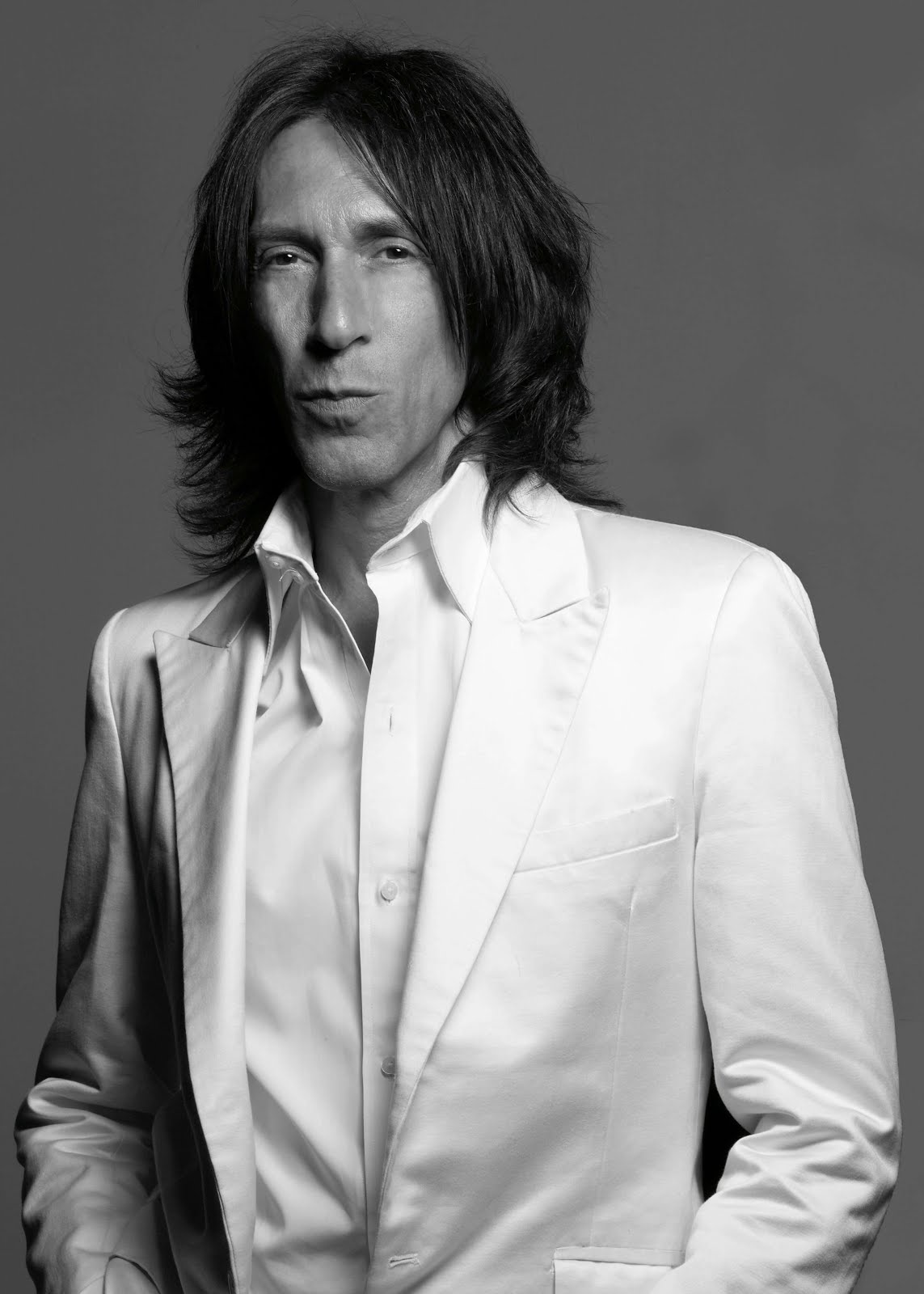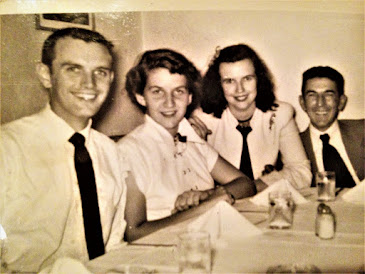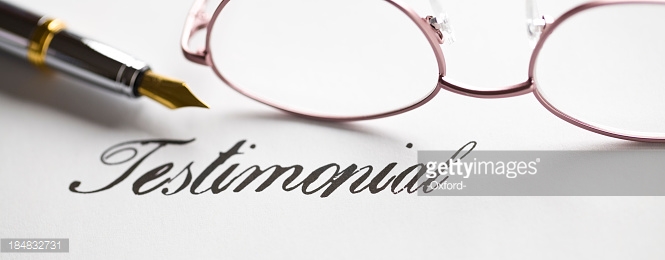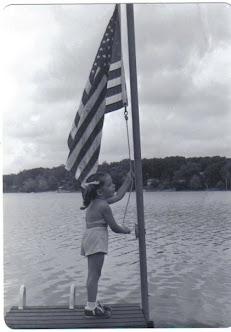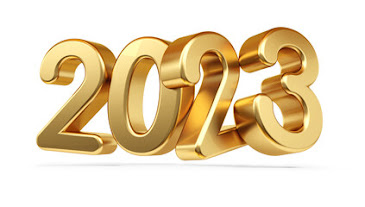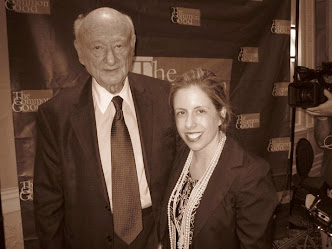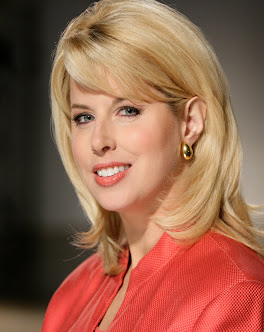Metropolitan Museum of Art and India's Ministry of Culture Renew Long-term Cooperative Relationship, Enabling Continuation of Cultural Partnerships for Conservation, Exhibitions, Research, and Other Exchanges Our Coverage Sponsored by Stribling and Associates
For over 30 years, Stribling and Associates has represented high-end residential real estate, specializing in the sale and rental of townhouses, condos, co-ops, and lofts throughout Manhattan and Brooklyn, and around the globe. Stribling has more than 200 professional brokers who use their respected expertise to provide personalized service to buyers and sellers at all price levels. A separate division, Stribling Private Brokerage, discreetly markets properties over $5 million, and commands a significant market share in this rarified sector of residential real estate. Stribling is the exclusive New York City affiliate of Savills, a leading global real estate advisor with over 200 office in 48 countries.
Check out their listings: http://www.whomyouknow.com/2016/10/remarkable-real-estate-listings.html#.V_T_RuArLIU
& their most recent State of the Market: http://www.whomyouknow.com/2016/07/stribling-manhattan-brooklyn-semi_25.html#.V5p0MrgrLIU
Whom You Know Congratulates their new President, Elizabeth Ann Stribling-Kivlan: http://www.whomyouknow.com/2012/12/breaking-manhattan-real-estate-news.html#.VvFbTrLIU
***
Thomas P. Campbell, Director and CEO of The Metropolitan Museum of Art, announced that The Met and the Ministry of Culture of the Government of India have reaffirmed their long-term cooperative relationship through a Memorandum of Understanding (MOU), which renews for five additional years the two-way partnerships for sharing knowledge and expertise that have been established between the Museum and cultural institutions in India. The MOU was signed in June by Shefali Shah, Joint Secretary of the Ministry of Culture, and Mr. Campbell.
Through the agreement, the Ministry of Culture and The Met will continue to cooperate in the areas of conservation, exhibitions, academic research, information-sharing, public education, publications, museum management, and short- and long-term loans.
"This agreement is a wide-ranging reaffirmation of The Met's close relationship with India and its rich cultural heritage," said Mr. Campbell. "The Indian Conservation Fellowship Program, in particular, has forged important professional relationships between colleagues internationally and has provided critical experience that can be built upon in the future. By generously continuing its support of this program, The Andrew W. Mellon Foundation has once again demonstrated its commitment to providing educational support for museum professionals around the world."
The launch of the next phase of the Indian Conservation Fellowship Program marks the beginning of the new agreement. This major initiative—undertaken beginning in 2012 by The Metropolitan Museum of Art and the Stichting Restauratie Atelier Limburg (SRAL), with the support of the Ministry of Culture of the Government of India and The Andrew W. Mellon Foundation—awards up to seven fellowships a year to conservators currently working in art and cultural heritage museums and institutions in India. The current phase reinforces and expands upon the program's goals and essential structure. Two new partners are now joining the program: the Royal Institute for Cultural Heritage, Brussels; and the Freer Gallery of Art and Arthur M. Sackler Gallery, The Smithsonian Museums of Asian Art, Washington, D.C.
The components of the program over the next five years are: 35 new fellowships; annual seminars and workshops in India; follow-up visits by host supervisors at fellows' home institutions; visits by the directors of the participating Indian museums to the fellows' host institutions; and meetings of the advisory committee to organize and plan seminars, workshops, and interviews.
Additional collaborative projects under the auspices of the MOU will be announced at a future date.
* * *
Indian Art in the Collections of the Metropolitan Museum
Art from the Indian sub-continent has been collected by the Metropolitan Museum from 1891 through today, and thanks to the generosity of numerous private donors, the Museum now boasts one of the most comprehensive collections of Indian art in the West. The holdings of the Departments of Asian Art, Islamic Art, Arms and Armor, Musical Instruments, and Modern and Contemporary Art include sculpture, painting, textiles, and various other media that span from 2500 B.C. to modern times, documenting the rich cultural and religious heritage of the sub-continent. In addition to permanent displays of the collection, these departments host an active program of special exhibitions.
The holdings of the Department of Asian Art include early, classical, and medieval sculpture, Hindu court (Rajput and Pahari) painting, court and trade textiles, and various other media. The Indian collection consists of some 1,250 works of art, of which around 350 are on view in the nine Herbert and Florence Irving Galleries of South Asian Art, the most extensive such displays outside of India.A series of pioneering exhibitions has been mounted, more recently including: Buddhist Manuscript Painting: The Palm-leaf Tradition (2008), Peaceful Conquerors: Jain Manuscript Painting (2009); Epic India: Scenes from the Ramayana (2010); Lyrical Visions. Paintings for North India (2011); Mother India: The Goddess in Indian Painting (2011); Wonder of the Age: Masters of Indian Painting (2011–12); Buddhism along the Silk Road: 5th–8th century (2012); Interwoven Globe: The International Trade in Textiles, 1500–1800 (2013); Ragamala: Picturing Sound (2014);Lost Kingdoms: Hindu-Buddhist Sculpture of Early Southeast Asia (2014); The Royal Hunt: Courtly Pursuits in Indian Art (2015); and most recently Encountering Vishnu: The Lion Avatar in Indian Temple Drama (2016) and Poetry and Devotion in Indian Painting (2016).
Indian art dating from 1500 to 1900 is represented by more than 1,300 pieces in all media in the Department of Islamic Art. Since November 2011, when the department's newly renovated galleries opened, the finest works of Later Indian art have been exhibited in two galleries: one containing selections from the Museum's excellent collection of Mughal carpets and textiles, Sultanate, Mughal, and Deccani painting, jades and jewels from the courts of Northern India and the Deccan, and architectural fragments; and the other, co-curated with the Asian Department, displaying paintings from the Rajput, Pahari, and Company schools along with a selection of decorative arts and textiles. Over the past 30 years, the Department of Islamic Art has curated several major Indian exhibitions, including India: Art and Culture, 1300–1900 (1985); Flowers Underfoot (1997); Treasury of the World (2001); Pearls of the Parrot of India (2005); and Sultans of Deccan India, 1500–1700: Opulence and Fantasy (2015).
The Arms and Armor Department has rich holdings of Mughal and South Indian arms and armor, including a highly decorated armor of mail and plate from the period of Shah Jahan (dated 1632–33). And some 200 musical instruments from India reside in the Department of Musical Instruments, including rare instruments donated by Indian musicologist Sir Sourindro Mohun Tagore in the late 19th century.
* * *
About The Metropolitan Museum of Art
The Met presents over 5,000 years of art from around the world for everyone to experience and enjoy. The Museum lives in three iconic sites in New York City—The Met Fifth Avenue, The Met Breuer, and The Met Cloisters. Millions of people also take part in The Met experience online.
Since it was founded in 1870, The Met has always aspired to be more than a treasury of rare and beautiful objects. Every day, art comes alive in the Museum's galleries and through its exhibitions and events, revealing both new ideas and unexpected connections across time and across cultures.
Through its website and social media accounts on Facebook, Instagram, and Twitter, The Met expands its visitor experience to people all over the world.
For additional information about the Museum, visit www.metmuseum.org.








